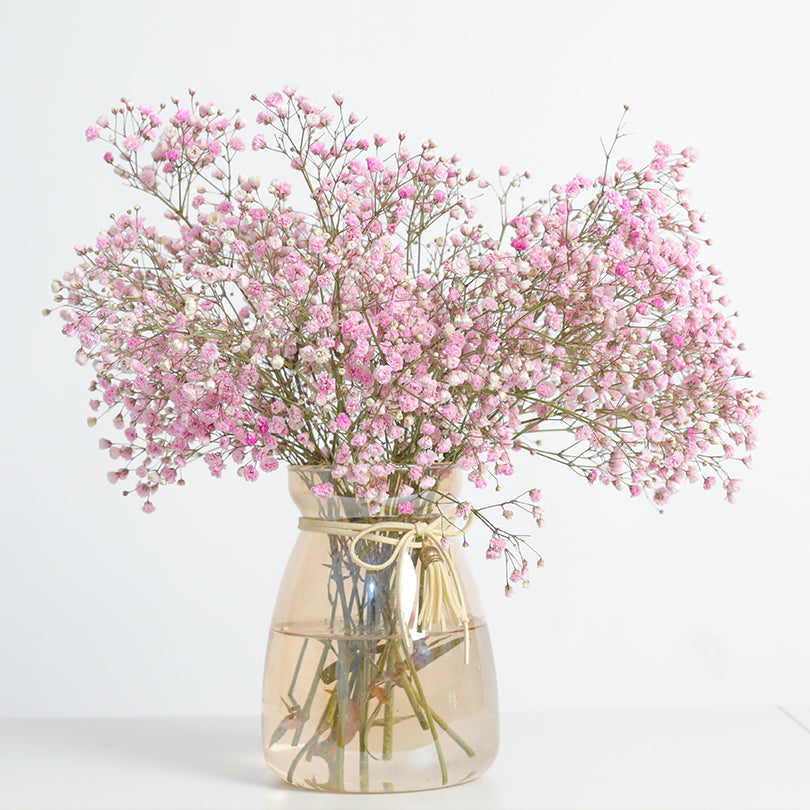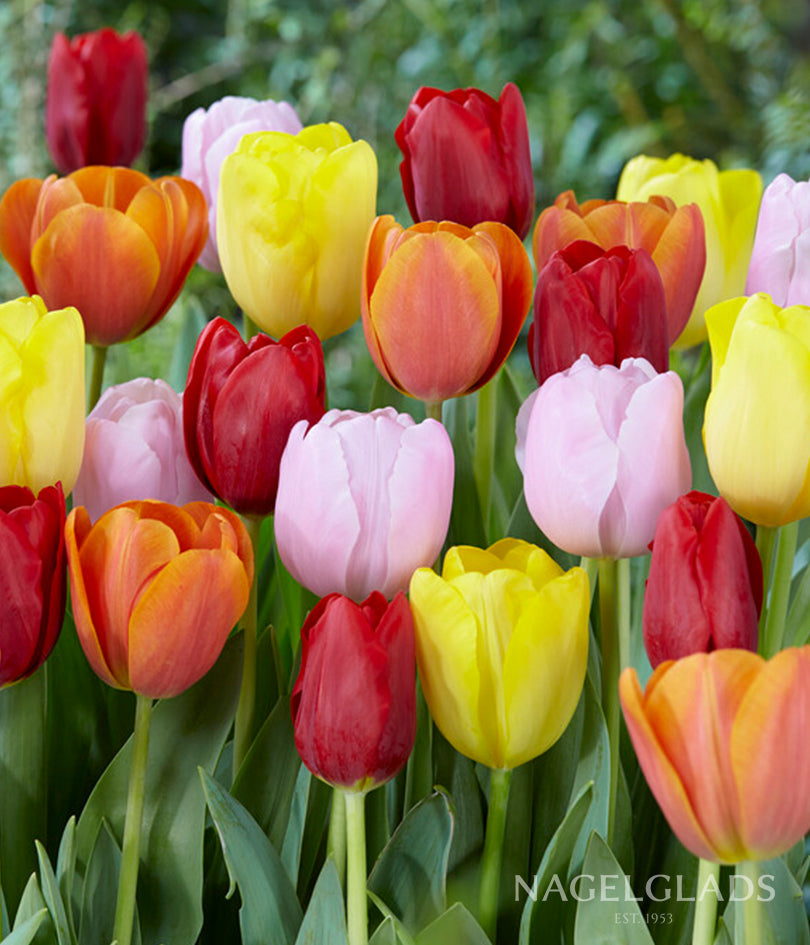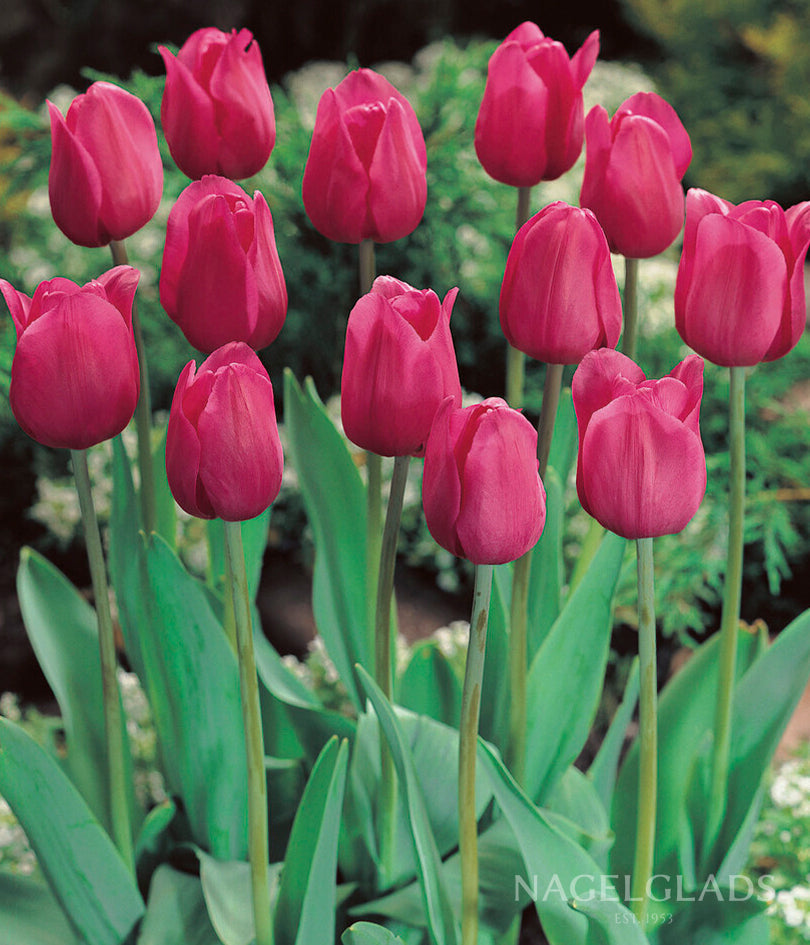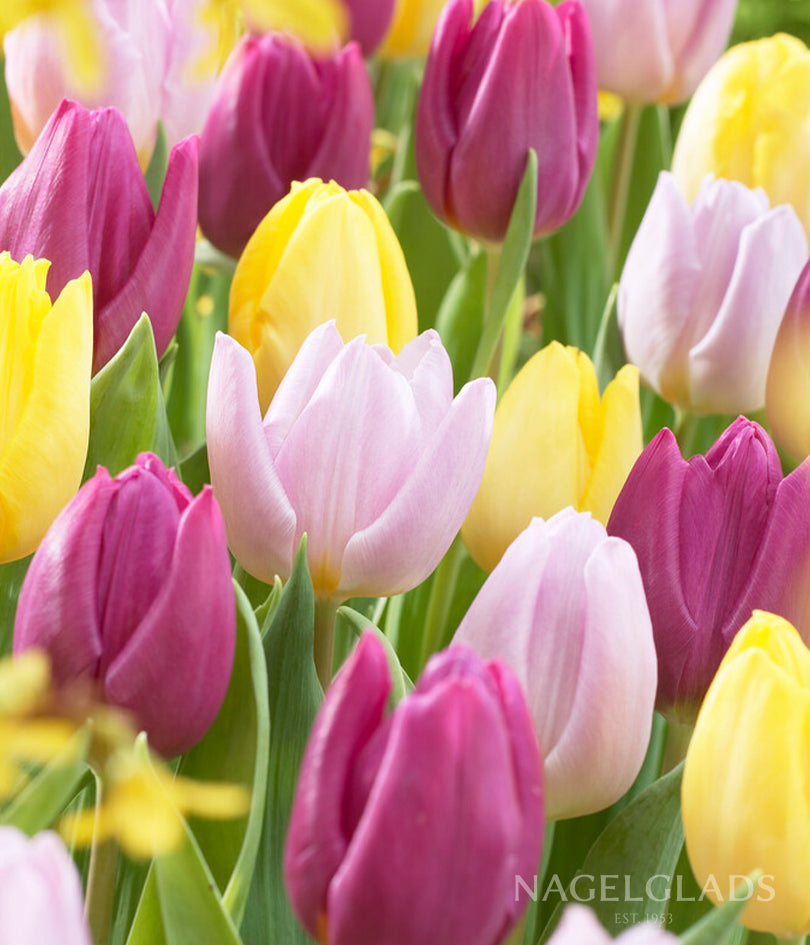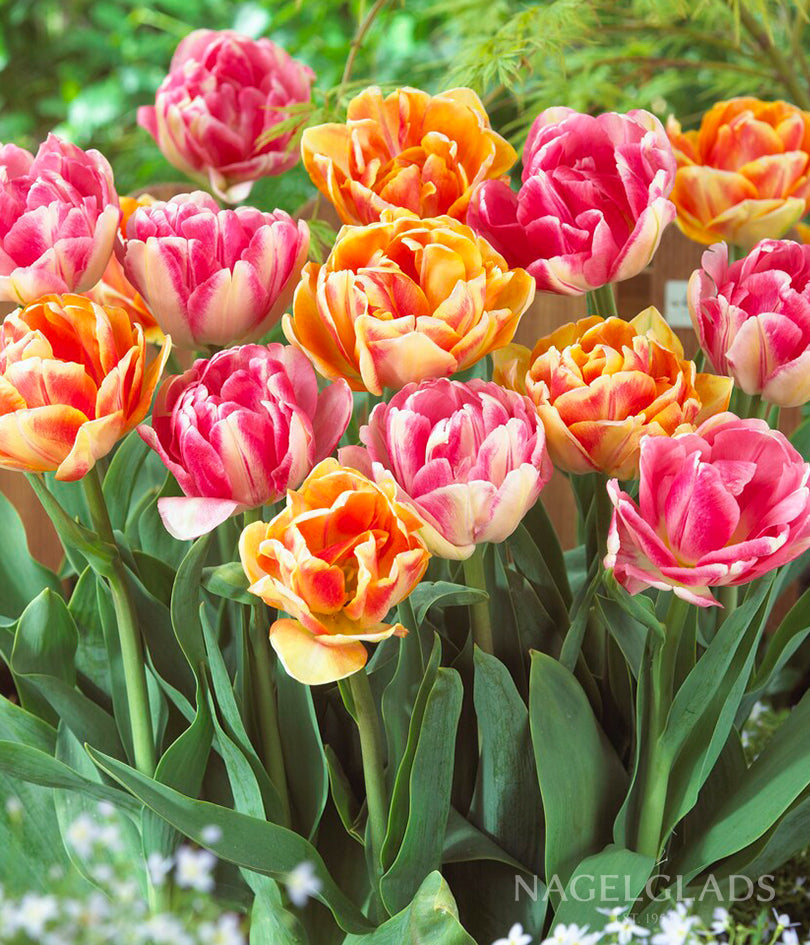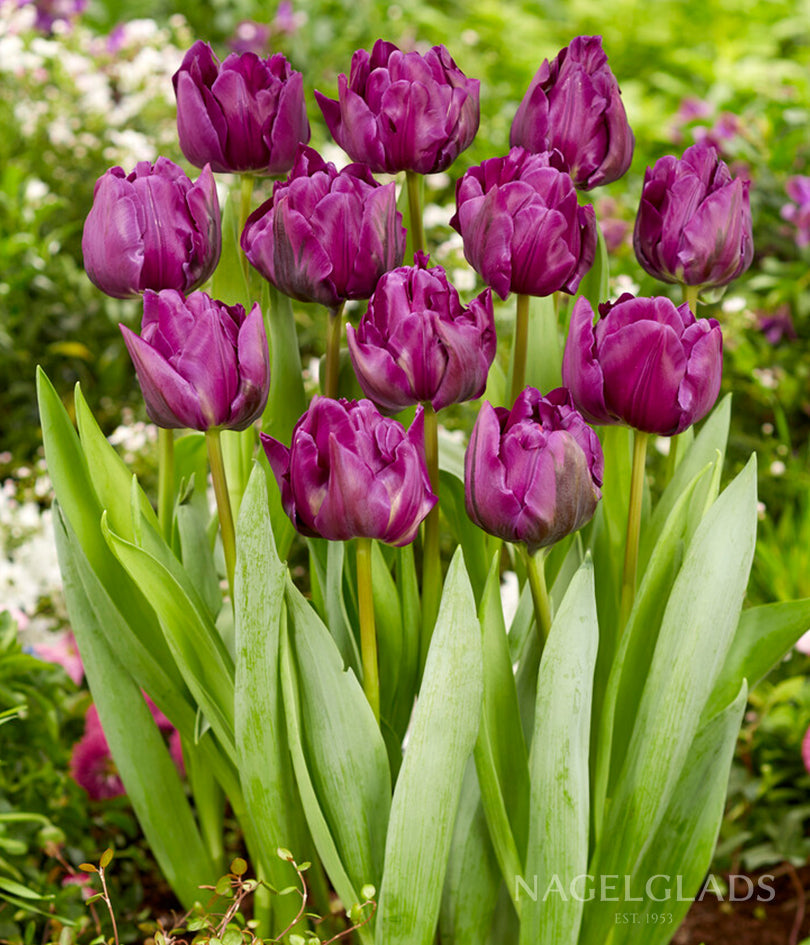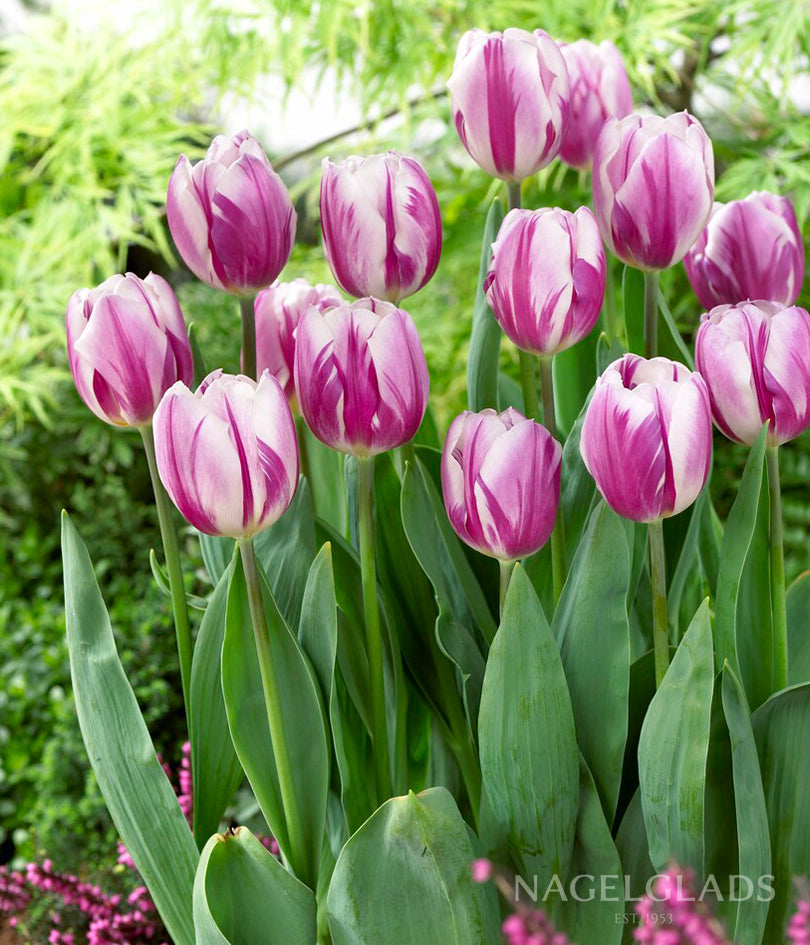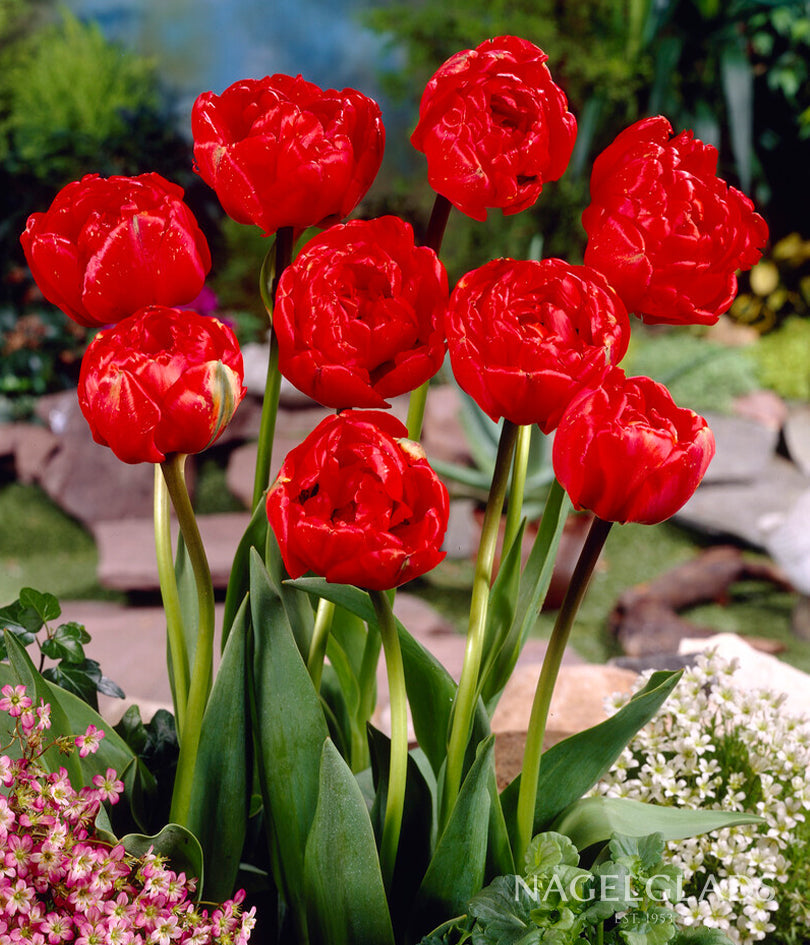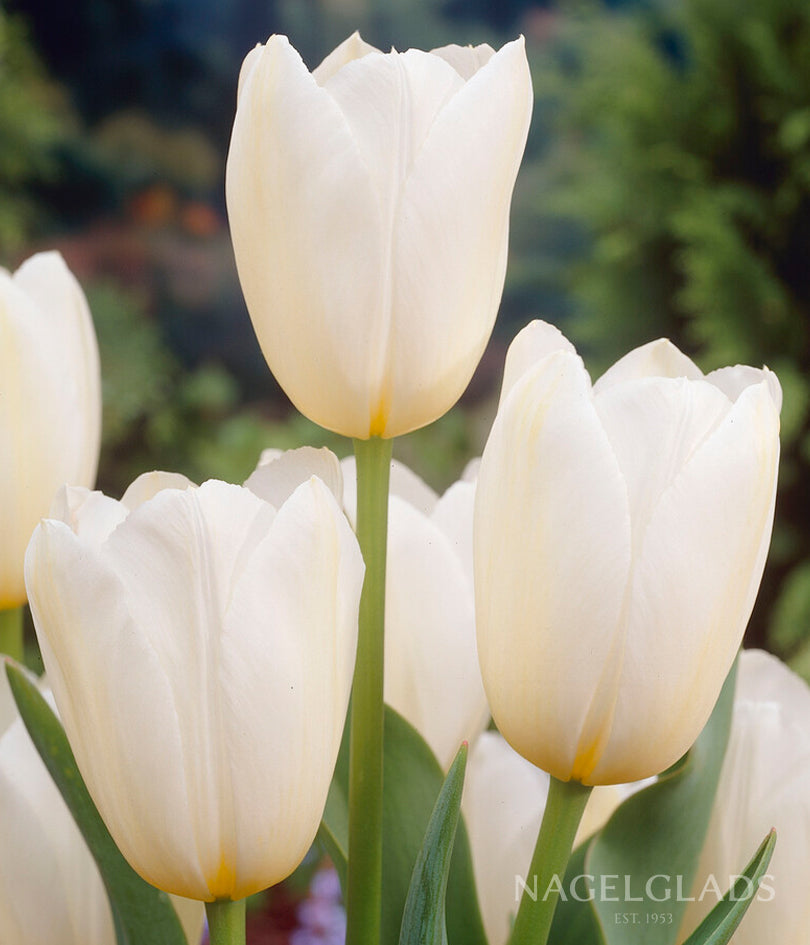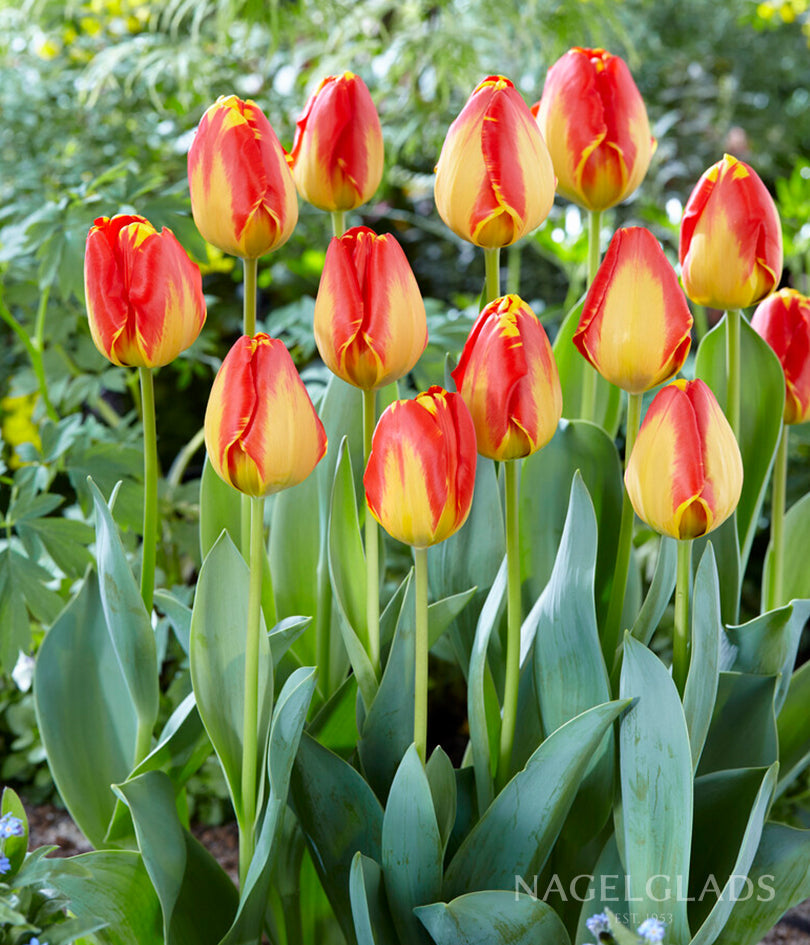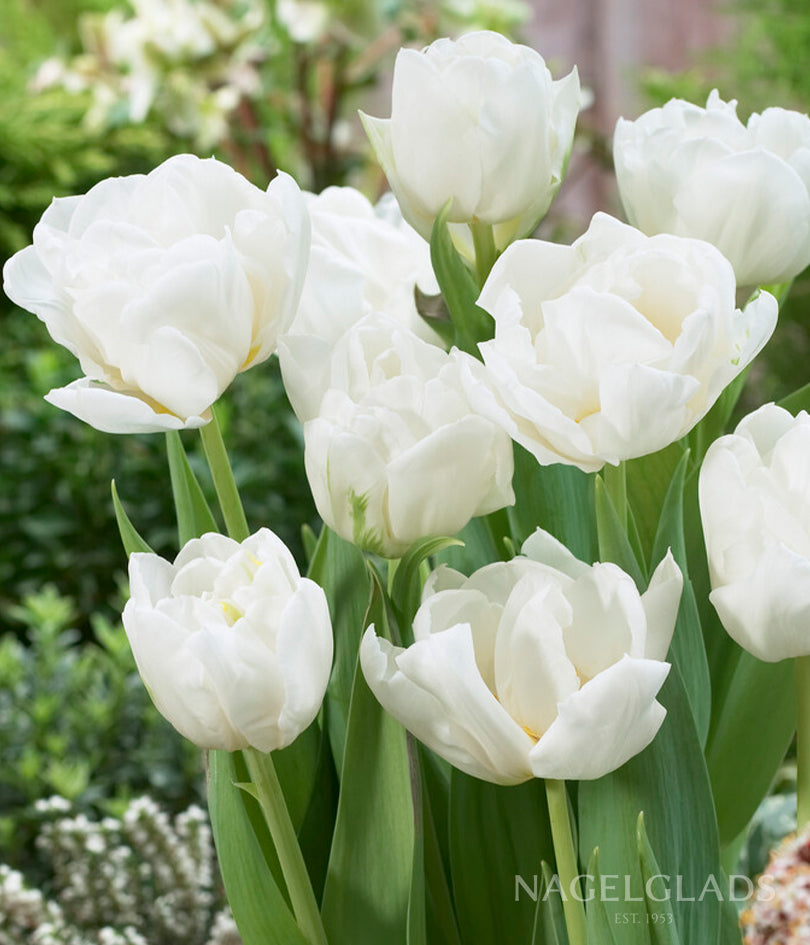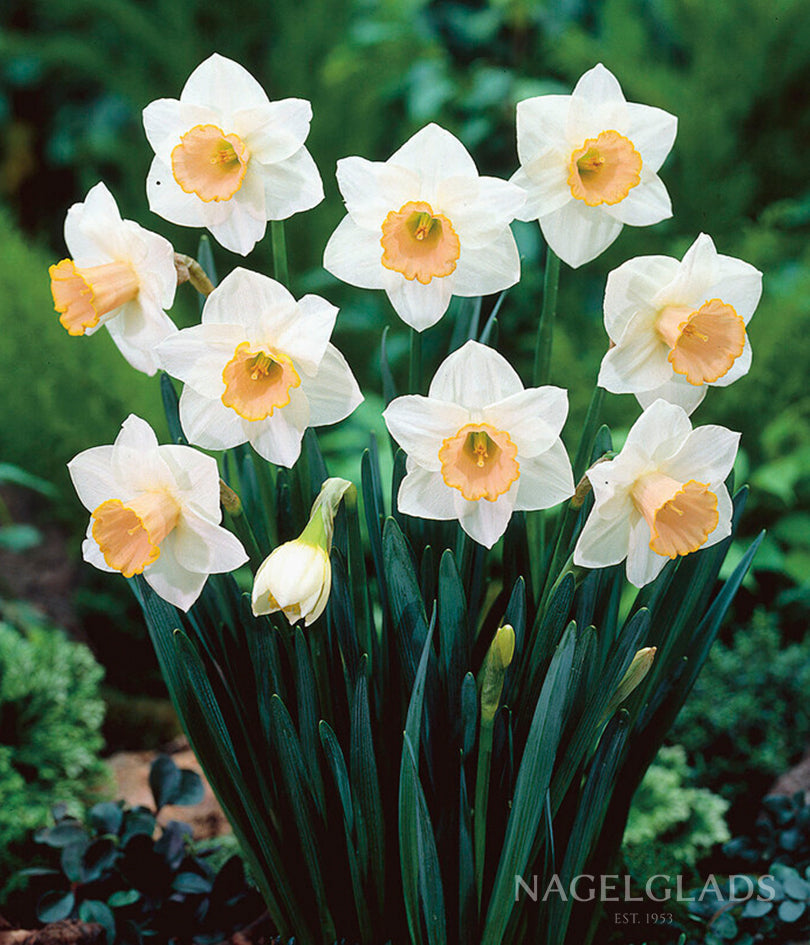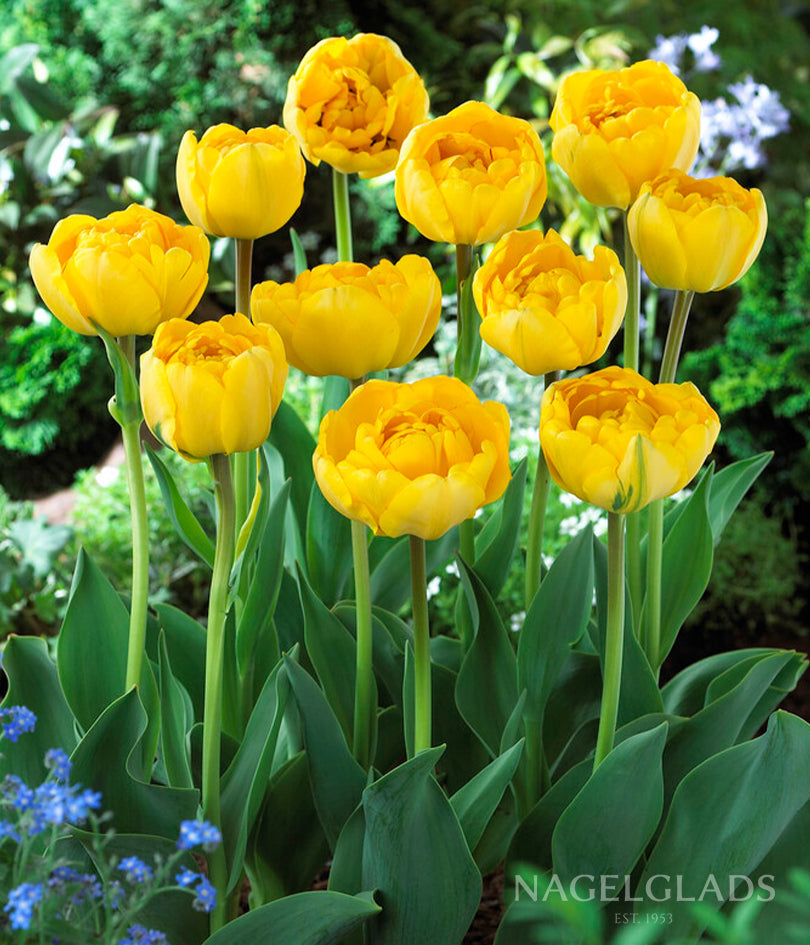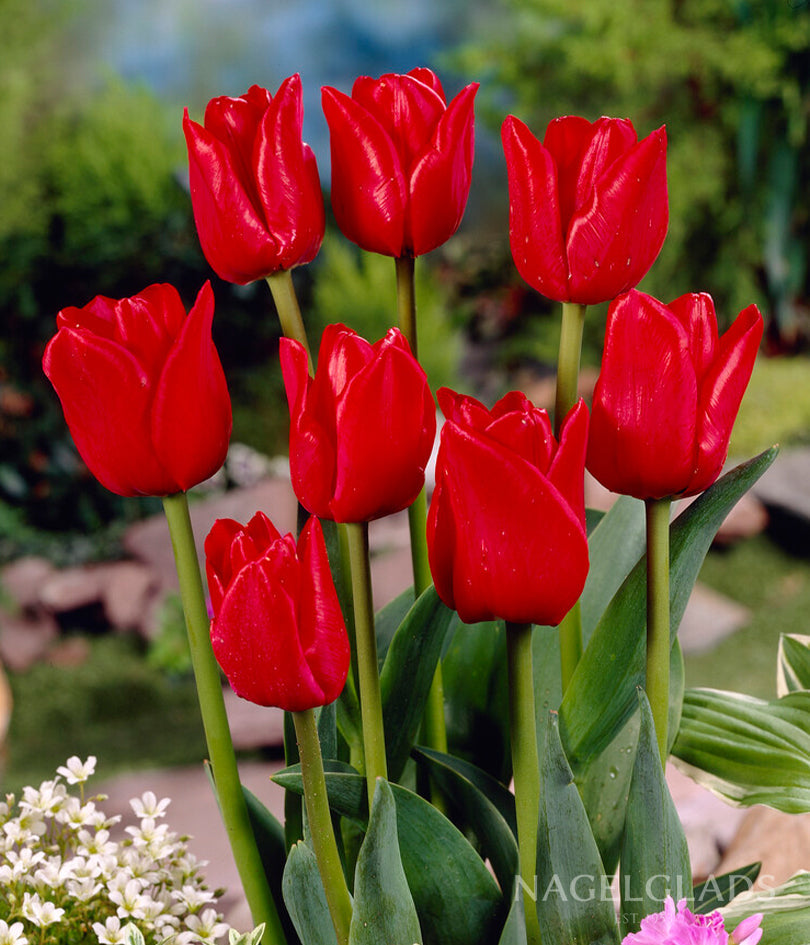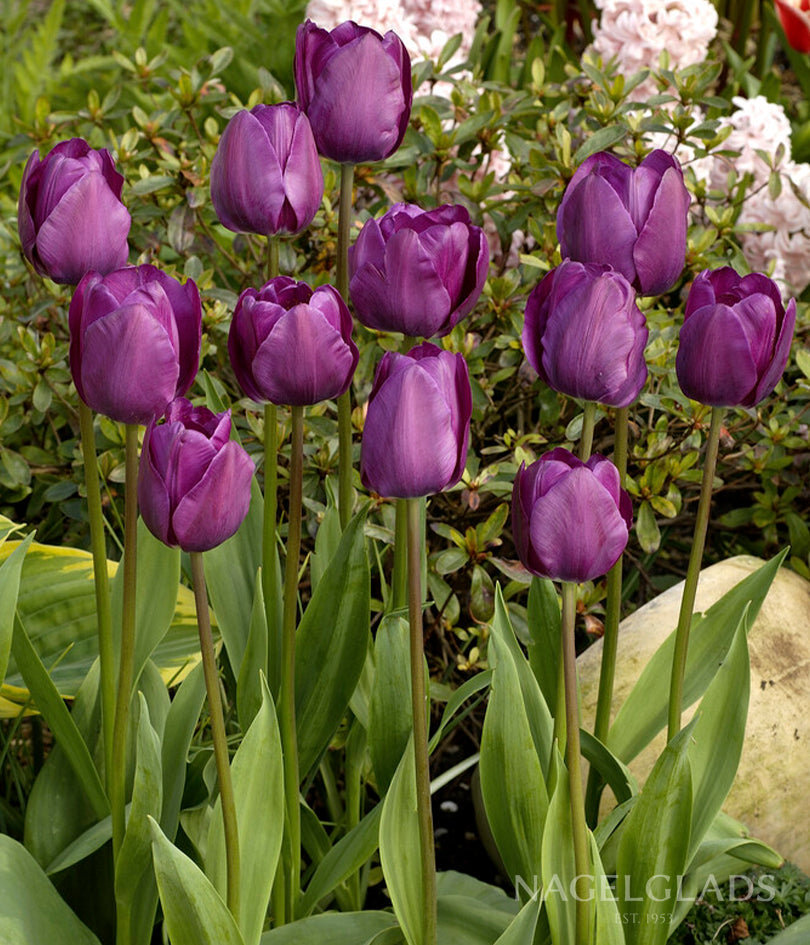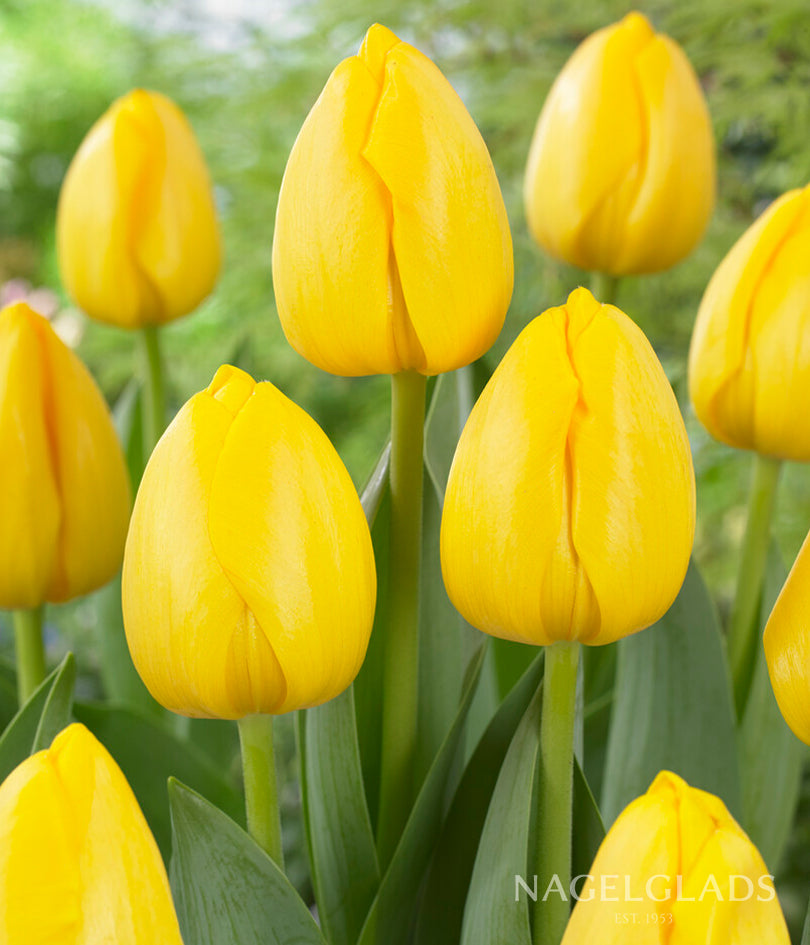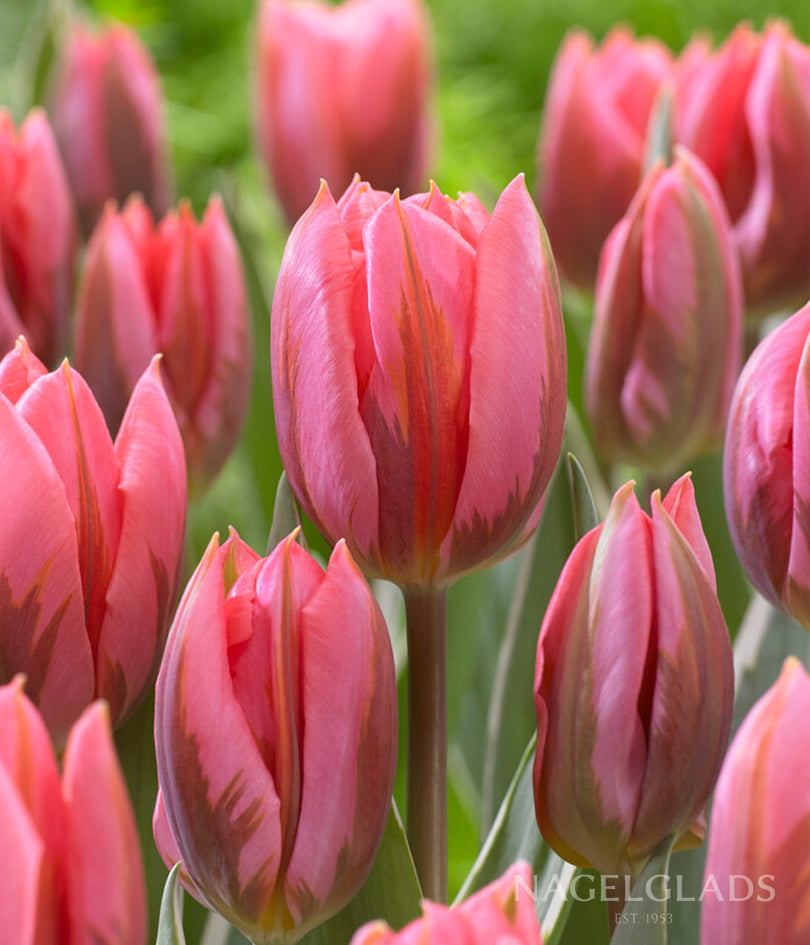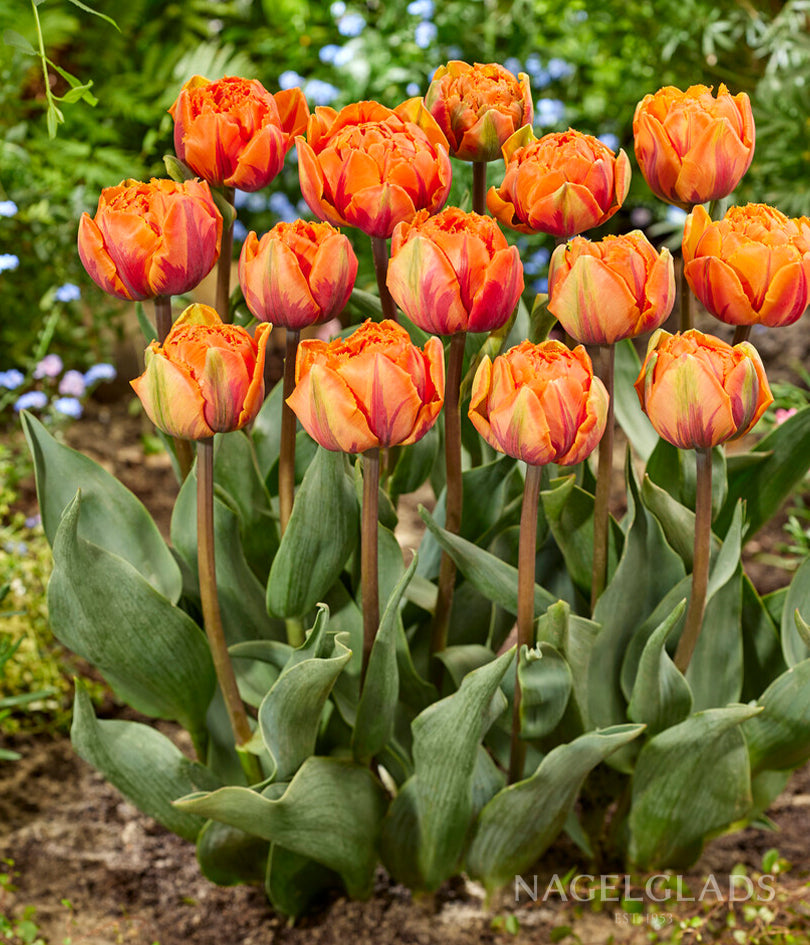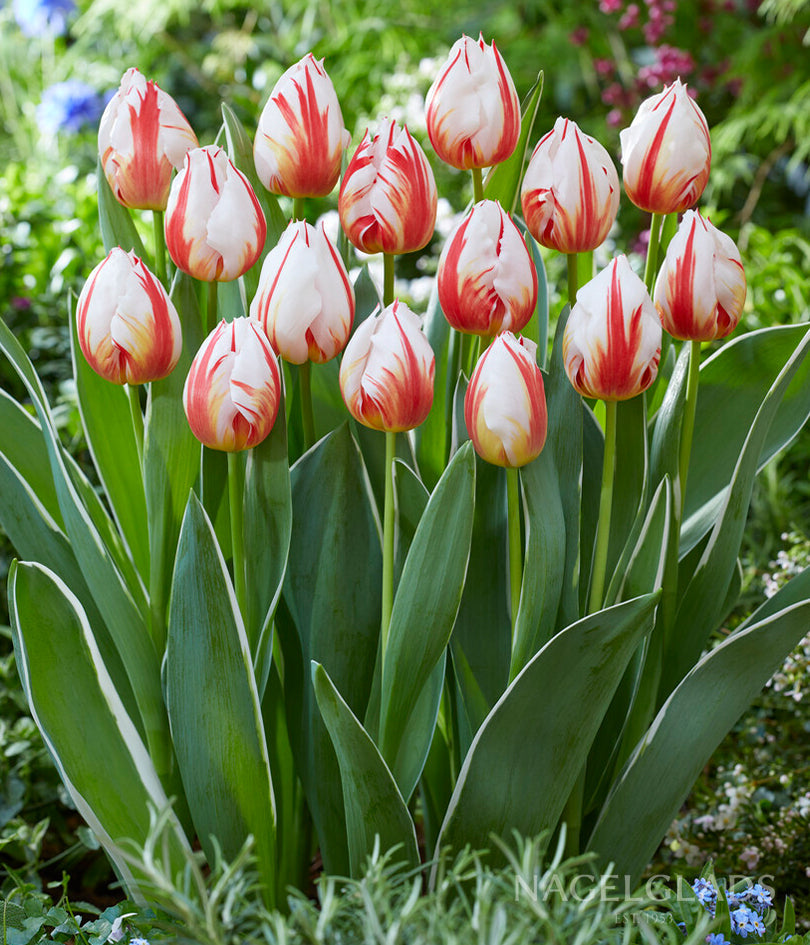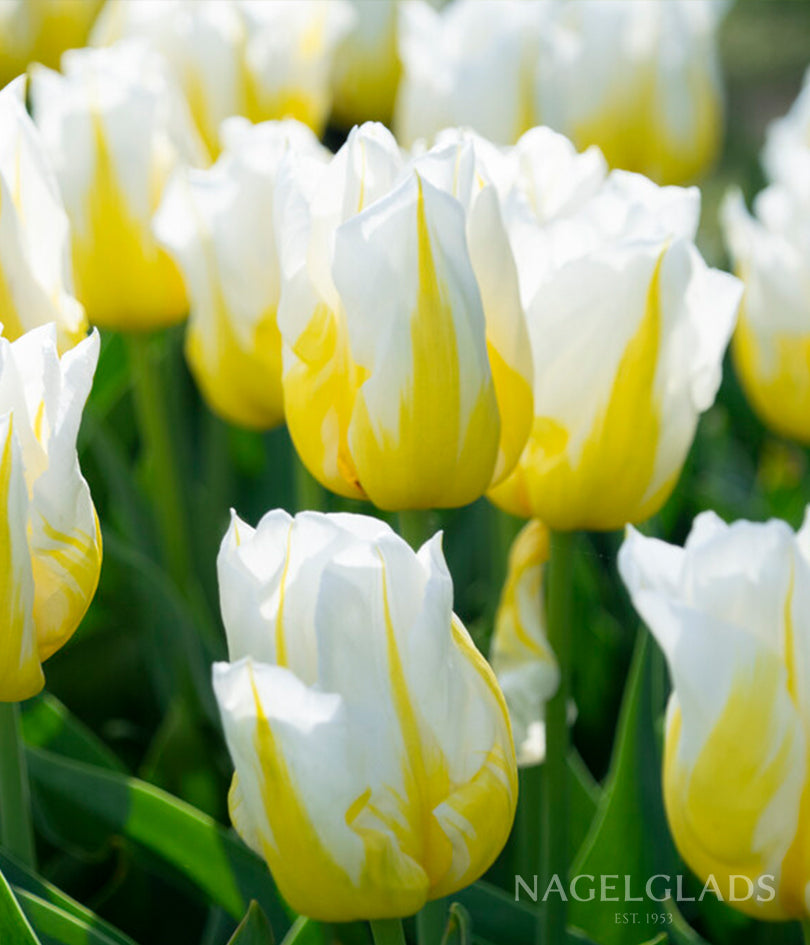If you’ve ever dreamed of turning your garden into a source of income, you’re not alone. More and more gardeners are discovering the beauty and practicality of launching a cut flower business right from their backyard. With just a few flower beds, the right varieties, and a little bit of planning, you can start selling flowers from home and enjoy the creative, seasonal joy of growing for profit.
This post is here to help you take that first step, whether you’re planting your first seed or planning your first bouquet sale. Let’s dig in!
Why Start a Backyard Flower Business?
Starting small has its perks. Backyard flower farming is affordable, flexible, and incredibly rewarding. You don’t need acres of land or expensive equipment to begin. Many successful growers start with less than a quarter-acre and work part-time until they build their customer base.
It’s also a fantastic way to stay connected to the seasons. Watching your flowers grow, harvesting them by hand, and sharing that beauty with others is a deeply satisfying process. If you love gardening and want to turn your passion into a purpose, this is a wonderful place to begin.
Choose the Right Flowers
Success starts with smart planting. When choosing what to grow, think about what sells well, blooms reliably, and holds up in a vase. You’ll want flowers that are productive, long-lasting, and beautiful at every stage.
Some of the best flowers for beginners include:
- Oriental Lilies – These stunning, fragrant blooms come in bold shades and have excellent vase life.
- Sunflowers – A customer favorite that grows quickly and adds cheerful height and drama to arrangements.
- Cosmos – Delicate and romantic with soft, airy petals. These are great fillers that keep blooming all season.
- Gypsophila (Baby’s Breath) – Adds lightness and texture to any bouquet and grows quickly from seed.
- Phlox – Fragrant, colorful, and excellent for massing in beds or using as a filler in mixed arrangements.
- Echinacea – Bold blooms with strong stems that add structure and interest to bouquets.
If you're just getting started, aim for a mix of "stars" and "supporting blooms." Think of focal flowers like lilies and sunflowers paired with fillers like Gypsophila and foliage for balance.
Plan Your Space
Even in a small yard, you can grow plenty of flowers. Use raised beds or rows with walkways, and be sure to plan for sun exposure and access to water. Most cut flowers thrive in full sun and well-drained soil.
Keep your layout practical. Make sure you can access every plant without stepping on the soil. Leave enough space between rows for harvesting, and consider installing drip irrigation if you plan to scale up. The more you can streamline watering and access, the easier your season will be.
Create a Harvest Schedule
Stagger your plantings to keep flowers blooming throughout the season. Succession planting helps ensure you have steady harvests, especially for fast bloomers like cosmos and phlox. You can sow a new batch every 2 to 3 weeks during spring and early summer to keep the color coming.
Use a simple calendar or spreadsheet to track when each variety was planted and when it's expected to bloom. This will help you plan your weekly harvests, bouquet building, and marketing so you’re never caught off guard during peak sales windows.
Prep for Harvest and Storage
Invest in clean buckets, sharp snips, and a shaded area to keep flowers cool after picking. Cut your blooms early in the morning, strip the lower leaves, and hydrate them in clean water for a few hours before arranging. This extra step can extend vase life and improve overall quality.
If you plan to sell bouquets the next day, store flowers in a cool space overnight. A garage, basement, or even a second fridge can help keep blooms fresh. Consistent hydration and cool temperatures are key to preserving flower quality for market or customer pickup.
Start Selling Flowers from Home
There are several ways to start selling flowers from home, even if you’re just getting started:
- Create hand-tied bouquets and offer porch pickup
- Join your local farmers market
- Offer weekly bouquet subscriptions
- Partner with nearby coffee shops or boutiques
- Use social media to share availability and take orders
If you’re growing more than you can use, try bundling extra blooms into “grab and go” bouquets. These are popular with neighbors and local buyers, especially when offered at a fair price and paired with a friendly note or flower care card.
Learn as You Grow
Flower farming for beginners is all about learning as you go. Keep a journal of what you plant, when it blooms, and how well it sells. You’ll be amazed how much you learn in just one season. Each year, you’ll get better at timing, pricing, and planning your space.
Don’t be discouraged by small setbacks. Weather, pests, and unpredictable blooms are all part of the learning curve. What matters most is starting with what you have, staying curious, and adjusting as you grow. Your experience is your best teacher.
Final Thoughts
A backyard cut flower business isn’t just about flowers. It’s about sharing joy, creating beauty, and building something meaningful with your own two hands. With the right plants, a little care, and the courage to start small, you can grow something truly special. And the best part? You’re already just steps away from the garden.
So grab your gloves, gather some seeds and bulbs, and start planning your first bouquets. You never know where it might lead!

